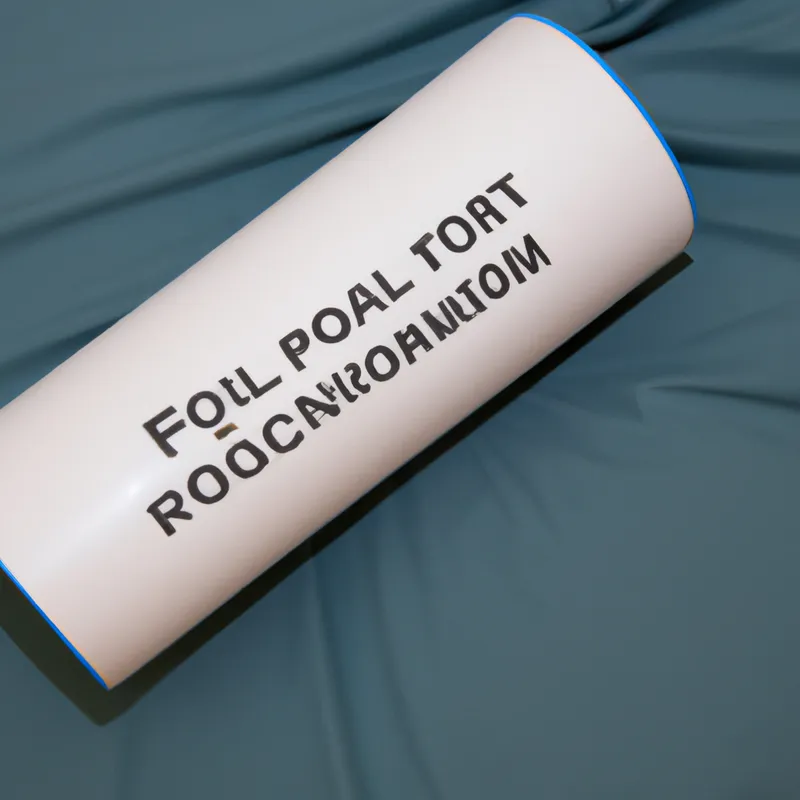Rejuvenate Sleep Patterns Through Foam Rolling
Exploring the Connection Between Foam Rolling and Sleep Quality
Many people struggle with sleep quality. They toss and turn, waking up feeling unrested. Foam rolling can improve sleep. This simple practice aids recovery and calms the mind. Let’s explore how foam rolling enhances sleep quality, the science behind it, and practical tips for your routine.
Understanding Foam Rolling
Foam rolling has gained popularity in fitness circles recently. It’s a self-myofascial release technique that relieves muscle tightness and improves flexibility. Myofascial release applies pressure to specific body areas, breaking up knots and tension in the muscles.
When you roll on a foam roller, you apply pressure to your body. This pressure releases muscle tightness and improves circulation. As a result, your body experiences relief and relaxation. This relaxation can enhance sleep, leading to a more restful night.
The Science Behind Foam Rolling
Research supports the benefits of foam rolling. Studies indicate that self-myofascial release increases blood flow, facilitating recovery by delivering nutrients to muscle tissue. Better blood circulation helps muscle recovery and reduces soreness, allowing for comfort during the day and at night.
Furthermore, foam rolling reduces stress hormone cortisol levels. Elevated cortisol disrupts sleep and increases anxiety. By relieving muscle tension and promoting relaxation, foam rolling creates a better environment for sleep.
How Foam Rolling Affects Sleep Quality
Foam rolling influences sleep quality in several ways:
1. **Muscle Relaxation**: Tight muscles make it hard to find a comfortable sleeping position. Foam rolling alleviates this discomfort, helping you fall asleep and stay asleep.
2. **Improved Blood Flow**: Foam rolling increases blood circulation, essential for muscle recovery and overall well-being. Better circulation regulates body temperature, aiding quality sleep.
3. **Stress Reduction**: Foam rolling lowers stress levels by releasing endorphins—the body’s natural painkillers and mood enhancers. This mood boost calms the mind and prepares you for sleep.
4. **Enhanced Mind-Body Connection**: Foam rolling promotes mindfulness. The focus on specific muscle groups connects the mind and body, quieting racing thoughts and preparing for restful sleep.
Tips for Effective Foam Rolling
To maximize foam rolling benefits, follow these tips:
1. **Focus on Key Areas**: Target tight or sore areas. Common spots include the back, thighs, calves, and hips. Spend extra time on these muscles.
Conclusion
Foam rolling can improve sleep quality by promoting relaxation, enhancing blood flow, and reducing stress. Incorporate it into your routine for better rest.
Below are related products based on this post:
FAQ
How does foam rolling improve sleep quality?
Foam rolling improves sleep quality by promoting muscle relaxation, enhancing blood flow, and reducing stress levels. By alleviating muscle tightness and discomfort, it helps you find a comfortable sleeping position, while better circulation and lower stress hormone levels create an optimal environment for restful sleep.
What are the key benefits of foam rolling before bedtime?
The key benefits of foam rolling before bedtime include muscle relaxation, improved blood circulation, and reduced stress. This practice helps to calm the mind, alleviate tension, and prepare the body for sleep, ultimately leading to a more restful night.
Where should I focus my foam rolling efforts for better sleep?
To enhance sleep quality, focus your foam rolling efforts on tight or sore areas, such as the back, thighs, calves, and hips. Spending extra time on these muscle groups can help release tension and promote relaxation, making it easier to fall asleep and stay asleep.















Post Comment